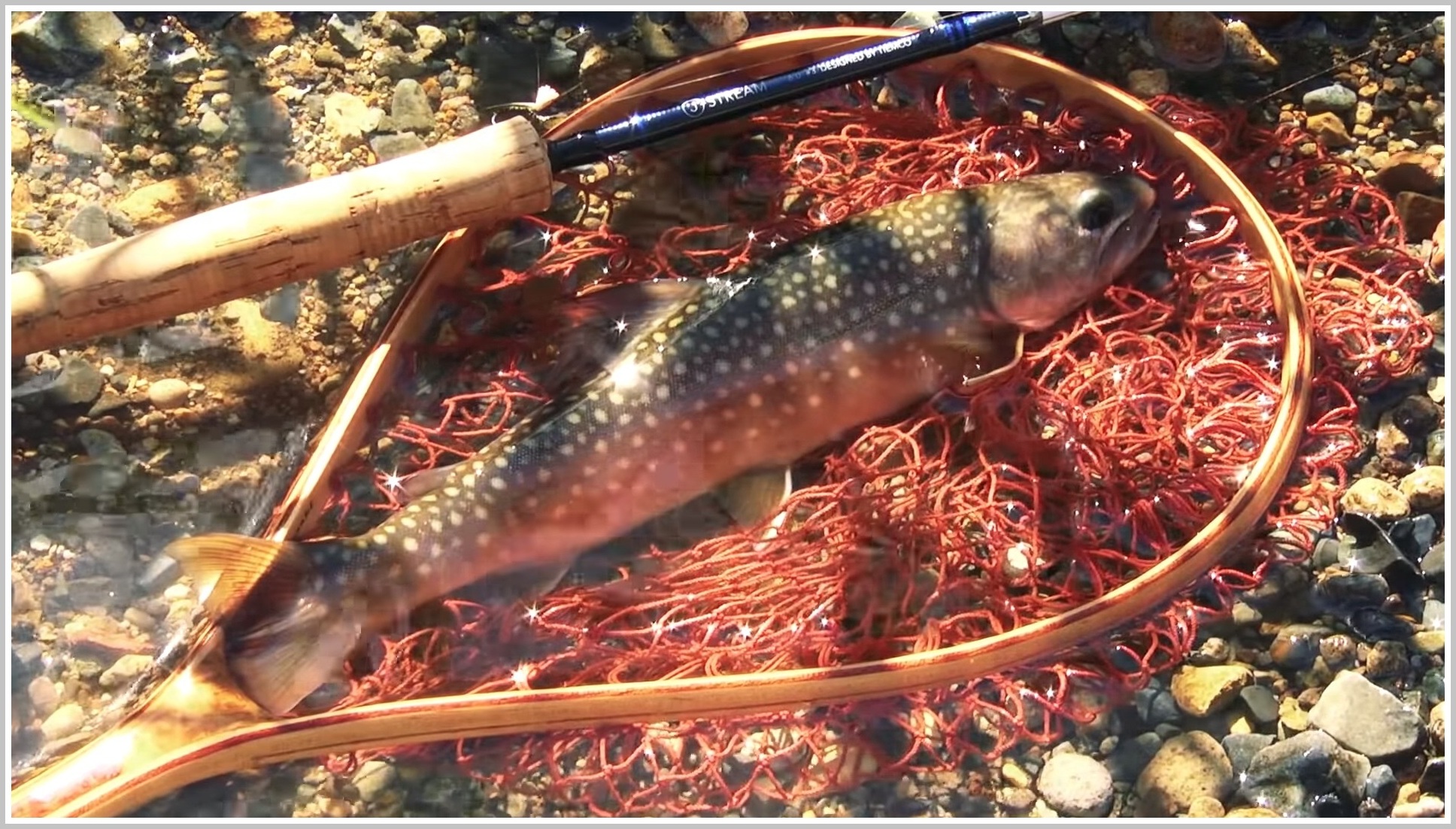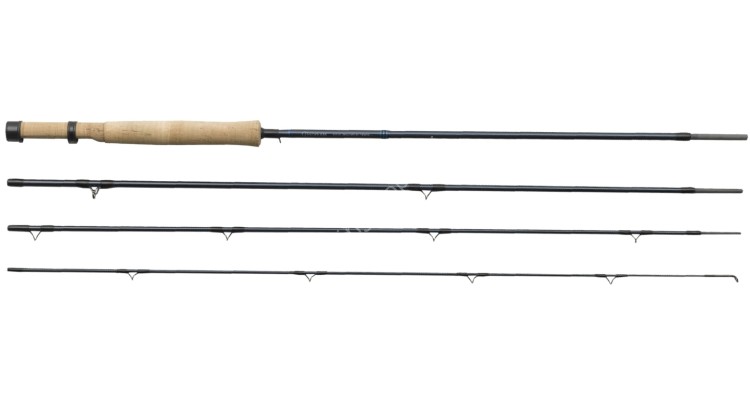TIEMCO euflex J-Stream JS801-4
Overview

The 'Japanese Fly Rod' that has been reborn after a decade.
J-Stream Concept :
Launched in the spring of 2009 with the concept of a "fly rod for fishing Japanese streams," J-Stream was designed with fields for fishing Yamame and Iwana in mind. Each model was developed with a specific concept, pursuing the necessary strength and action. In this full model change, while inheriting the original concept, we have reconsidered the fields of use and incorporated feedback from experts and users accumulated over the past decade. This is the second generation J-Stream, a fly rod re-proposed by Tiemco for fishing Japanese streams.
Changes from the Previous Series :
J-Stream models are designed with specific fields in mind, setting actions and strengths accordingly. This concept remains the same; however, in this model change, the method of finishing the blank has been altered, thus changing the blank characteristics. The finishing method of the previous series was called "sanding finish," which involved polishing the baked blank surface and painting it to make it smooth. Most fly rods on the market today are made with this "sanding finish." On the other hand, a finishing method called "unsanded finish" leaves the tape marks on the baked blank surface as they are without polishing. This method is still used on some rods, and for this model change of J-Stream, the "unsanded finish" has been adopted
"Sanding Finish" and "Unsanded Finish"
Let's compare two rods finished with the same blank but different techniques. The sanding finish involves polishing the surface of the blank, slightly reducing the amount of carbon fiber and increasing the paint thickness, which adds weight and tends to decrease the blank’s responsiveness. As a result, while agility may be compromised, it tends to enhance the toughness of the blank. On the other hand, the unsanded finish does not reduce the carbon fiber because the blank surface is not polished, and minimal painting makes it lighter and more responsive, facilitating a lively action. Both finishes have their advantages and disadvantages, but leveraging each characteristic in rod design is crucial. The second-generation J-Stream differs from the first generation by adopting the unsanded finish, setting actions and strengths accordingly. This resulted in a lighter blank with no wobble and faster recovery, improving casting precision.
Action Sought in the Second-Generation J-Stream
Considering the casting styles and leader systems prevalent in Japan today, regional field and system differences, and feedback from traditional J-Stream users, we have redefined the action and power. As a result, compared to the somewhat parabolic action of the first generation, the second-generation J-Stream is generally more towards the faster side, and combined with the effect of the unsanded finish, it has resulted in a powerful action with excellent casting capabilities.
J-Stream JS801-4

A #1 rod that handles like a #3 rod
8'0" #1 4PC
The concept of the first model, 'a #1 rod that handles like a #3 rod,' has been maintained while making it even lighter to handle. The advantages of a #1 line include soft presentations and excelling at natural drifts. The drawback is its susceptibility to wind, but this can be mitigated by using a WF line. The J-Stream, Wavelength J-Stream DWF1-F, is the best matching fly line.
Specifications :
- Blank Color: Pearl Ink Blue
- Guides: Hard Chrome Guides
- Top, Snake, & Stripping Guides: Hard Chrome
- Reel Seat: Cork
- Reel Seat Hardware: Nickel Silver (Black Finish) Pocket & Ring
- Grip Type: Half Wells
- Ferrule: Spigot Ferrule
- Liner: Cross Bag

Features
Rod Type | Joint |
Rod Sections (pcs) | 4 |
Rod Length | 244 cm |
Rod Closed Length | 65 cm |
Rod Weight | 47 g |
Rod Line | #1 |
Rod Other | Grip : 134 mm |
Brand | TIEMCO |
| Bonus name | Discount | Discount, % | Affiliate |
|---|---|---|---|
| Cash Back 5% | 0 | 1774.48 |
Be the first to write a review of this product!

